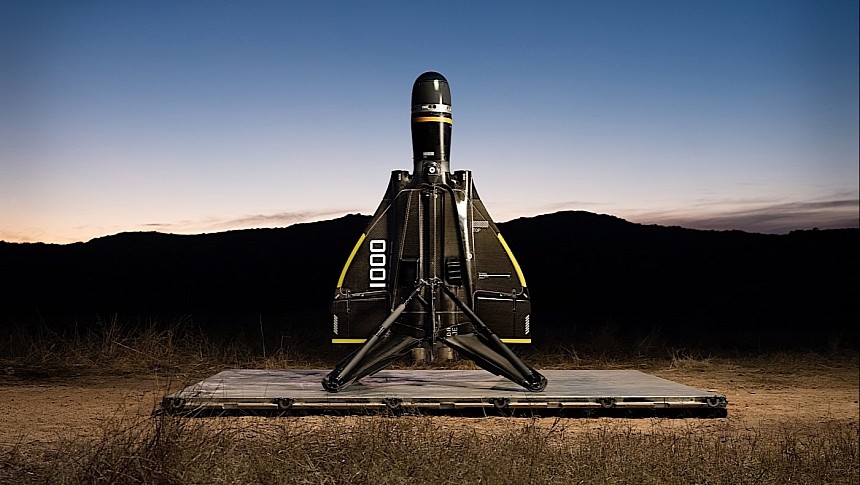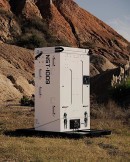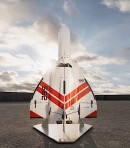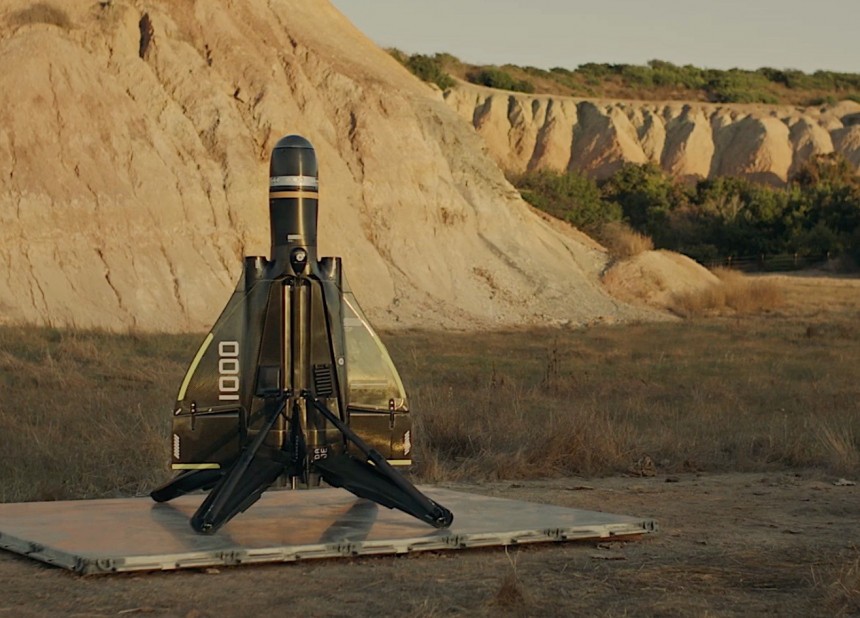The war in Ukraine is the first since the end of WWII to be fought between two relatively advanced, near-peer adversaries. Because of that, and all the modern military equipment they use for daily operations, their struggle will probably forever change the face of warfare.
One thing that immediately became obvious during this conflict is that drones have completely changed the way war is being fought. And I'm not necessarily talking here about the big, purpose-built military drones packing dedicated weaponry, but also about less specialized drones, including off-the-shelf ones, that have been adapted for use in combat.
Another aspect the war in Ukraine made clear is that, no matter how advanced your opponent, you can easily shoot down their missiles, drones, and airplanes, provided of course the defenders have access to proper air defense systems.
If anything, the war in Ukraine has accelerated the race between offensive aerial capabilities and defensive ones, and we're now witnessing an increased pace of development for such hardware.
We've seen over the past couple of years some impressive tech come our way in these fields, but something called the Roadrunner seems to top them all off.
Roadrunner is a drone family shown at the beginning of December. It is made by a defense contractor called Anduril Industries, a start-up that has been in the business of making autonomous systems for the military for about six years now.
In the time that has passed since its inception, the company has developed an entire family of anti-unmanned aerial systems defenses and the Roadrunner is the latest to join the fight. Two versions of it were presented at the beginning of the month.
The regular Roadrunner is a modular machine that looks like a missile with wings. It launches from pretty much anywhere (including from a dedicated mobile hangar called Nest), pointing straight up at the sky, goes about its mission (and even loiters if need be), and lands in the same way once its mission is completed.
The drone has been designed to be capable of carrying a variety of payloads. We're not told what those payloads may be, but one can easily imagine they range from surveillance gear to electronic warfare.
The drone is modular, meaning it can be adapted to accept all sorts of tech, and on top of that, it is also upgradable, meaning it will be able to carry future payload designs as well.
Anduril did not specifically say what kind of power system the drone uses. It only said it packs twin-turbojet engines that give it high subsonic speeds. It was also built in such a way as to withstand high g forces while maneuvering, and allow for up to ten times the effective range of a similar system (it's unclear exactly what that means).
The weaponized version of the drone is called Roadrunner-Munition (Roadrunner-M). It's technically an interceptor, but one that comes with a twist: if the target it set out to investigate is not to its liking, meaning it was not deemed a threat, it can ignore it and come back home.
You see, pretty much all aerial threat interceptors work by detecting, launching, and impacting a target, no matter how serious of a threat it is. That's an expensive way of doing things, because it means every single launch ends in the destruction of the interceptor.
The ground-based air defense Roadrunner-M is different. Once launched, the autonomous drone follows and studies its target, and if it or its operators decide it's not worth the kill, it returns to base to be used again when the need arises.
That kind of makes the thing reusable in some sense, something we don't get all that often in the defense industry.
If there is a need for a kill, though, the Roadrunner packs enough punch to take out "aerial threats that are up to 100 times more expensive," according to its maker. It's unclear exactly what that punch is made of, but we're told it's three times the warhead payload capacity of similar systems.
As for who supervises the drones, that would be technically a human, who can keep an eye on entire swarms of Roadrunners at the same time. An AI software called Lattice is used for command and control, but the drone can be just as easily integrated into the existing air defense radars and sensors.
All of the above may not paint the complete picture of the drone, but I must admit it is more than enough to make us want to know more, including stuff like pricing and the first potential customers – we'll update this story as soon as the numbers to back the details above surface.
In the meantime you can get an idea of how the drone is supposed to work in the video attached below.
Another aspect the war in Ukraine made clear is that, no matter how advanced your opponent, you can easily shoot down their missiles, drones, and airplanes, provided of course the defenders have access to proper air defense systems.
If anything, the war in Ukraine has accelerated the race between offensive aerial capabilities and defensive ones, and we're now witnessing an increased pace of development for such hardware.
We've seen over the past couple of years some impressive tech come our way in these fields, but something called the Roadrunner seems to top them all off.
Roadrunner is a drone family shown at the beginning of December. It is made by a defense contractor called Anduril Industries, a start-up that has been in the business of making autonomous systems for the military for about six years now.
In the time that has passed since its inception, the company has developed an entire family of anti-unmanned aerial systems defenses and the Roadrunner is the latest to join the fight. Two versions of it were presented at the beginning of the month.
The drone has been designed to be capable of carrying a variety of payloads. We're not told what those payloads may be, but one can easily imagine they range from surveillance gear to electronic warfare.
The drone is modular, meaning it can be adapted to accept all sorts of tech, and on top of that, it is also upgradable, meaning it will be able to carry future payload designs as well.
Anduril did not specifically say what kind of power system the drone uses. It only said it packs twin-turbojet engines that give it high subsonic speeds. It was also built in such a way as to withstand high g forces while maneuvering, and allow for up to ten times the effective range of a similar system (it's unclear exactly what that means).
The weaponized version of the drone is called Roadrunner-Munition (Roadrunner-M). It's technically an interceptor, but one that comes with a twist: if the target it set out to investigate is not to its liking, meaning it was not deemed a threat, it can ignore it and come back home.
You see, pretty much all aerial threat interceptors work by detecting, launching, and impacting a target, no matter how serious of a threat it is. That's an expensive way of doing things, because it means every single launch ends in the destruction of the interceptor.
That kind of makes the thing reusable in some sense, something we don't get all that often in the defense industry.
If there is a need for a kill, though, the Roadrunner packs enough punch to take out "aerial threats that are up to 100 times more expensive," according to its maker. It's unclear exactly what that punch is made of, but we're told it's three times the warhead payload capacity of similar systems.
As for who supervises the drones, that would be technically a human, who can keep an eye on entire swarms of Roadrunners at the same time. An AI software called Lattice is used for command and control, but the drone can be just as easily integrated into the existing air defense radars and sensors.
All of the above may not paint the complete picture of the drone, but I must admit it is more than enough to make us want to know more, including stuff like pricing and the first potential customers – we'll update this story as soon as the numbers to back the details above surface.
In the meantime you can get an idea of how the drone is supposed to work in the video attached below.










